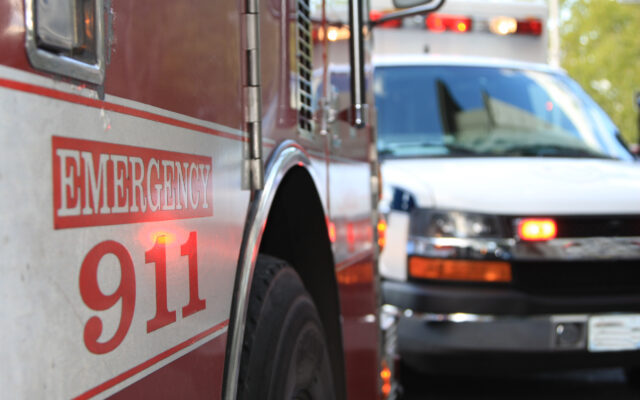Smaller cities set to lose service as airlines pull back

What do Toledo, Ohio, Dubuque, Iowa, and New York’s Ithaca and Islip have in common? By September, each of these cities will lose some – if not all – of their air service from United, Delta or American Airlines.
Pilot shortages, the rise in fuel prices, a new contract with the pilots who are still flying and inflation have all created a perfect storm for airlines and travelers.
Some airlines, like American, parked 100 of their jets a few weeks ago and had to admit they simply didn’t have the pilots to fly the planes. And with rising fuel costs and pilot salaries, the planes themselves — 50-seat regional jets — are no longer profitable to fly. Given current costs, these planes would have to fly at about 90% load factors to make a small profit. And those numbers just don’t add up for the airlines.
American Airlines announced it was ending service entirely to cities like Dubuque, Ithaca and Islip. Toledo won’t have any flights from United, Delta or American come September.
With American dropping out of Dubuque, that city is also losing its only airline.
“We are incredibly disappointed to learn of American Airlines’ decision to depart Dubuque,” Molly Grover, president and CEO of the Dubuque Area Chamber of Commerce said in a release. “Unfortunately, this is the current trend in the aviation industry and regional airports are taking the brunt of the impact.”
Residents of cities like Toledo will need to drive about an hour to get to the nearest major airport — Detroit — and will incur the additional expense of driving, parking, and with less competition in the market, inevitably higher airfares. And for those leisure travelers who would normally fly to Toledo, it may mean not going at all.
For business travelers, the fallout may be more severe. For a manufacturer in one of these cities, making sales calls to sell a product just got harder and more expensive. People who would otherwise come to that manufacturer to do business may choose to meet with companies that are more accessible instead. As air service is crucial to business and commerce, and without it, many businesses in these cities with no air service might move, or fail.
In the last three years, starting shortly before the pandemic, 42 markets in the U.S. have lost between one-third and half their air service. And every indication points to more airports on the list to be reduced or cut by the major airlines.
In the short term, the economics of flying regional jets have changed dramatically. If rising fuel and crew costs force an airline to raise fares to stratospheric levels but they still can’t make a profit, the efficiency and cost savings that justified buying the plane in the first place no longer work.
And with the pilot shortage continuing, other cities could lose air service before the end of this year – like Quincy and Moline in Illinois, many small cities in Wisconsin and Minnesota, Eureka and Chico in California and small regional airports in Arkansas and Alabama.
In the meantime, many U.S. cities are being served by airlines under a federally subsidized program called EAS – Essential Air Services – which guarantees that small U.S. communities receive a minimal level of scheduled air service. The program includes 60 communities in Alaska and 115 in the continental U.S., such as Muscle Shoals, Alabama to Devil’s Lake, North Dakota, Johnstown, Pennsylvania to Eau Claire, Wisconsin. But airlines have to be willing to bid to operate the subsidized service, and the number of those interested airlines is declining – as is the frequency and level of service the airlines are able to provide in the markets they’re already serving.
As more cities lose service, expect more air travelers to take the road instead, and carpool when possible. More people will be driving to airports as far as 200 miles away to catch their flight and paying higher airfares.



